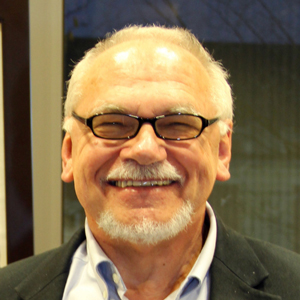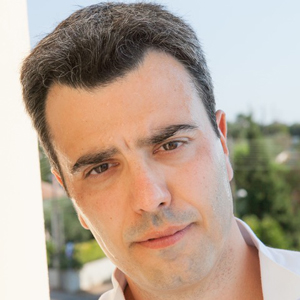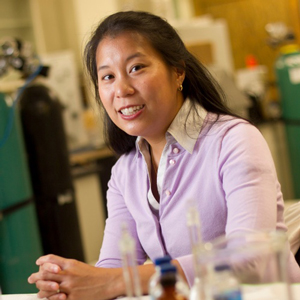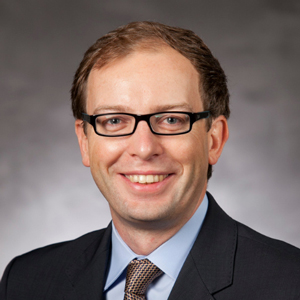Tomasz Hueckel has witnessed a lot of change at Duke Engineering since joining the faculty in 1987: the leadership of five deans, the construction of two buildings with more than 400,000 square feet of space dedicated to engineering, the number of tenure-track faculty expanding to more than 125.
But having been a pioneer in the field of geomechanics for nearly a half-century, he’s seen his chosen field change even more.
“Geomechanics grew out of what used to be a very narrow context of civil engineering that was basically constrained to a simple understanding of foundations and tunnels,” said Hueckel, professor of civil and environmental engineering at Duke. “But it has grown to include a wide subset of fields intended to deepen our knowledge of how the infrastructure we build today can serve us decades or even centuries into the future.”

"Geomechanics grew out of what used to be a very narrow context of civil engineering that was basically constrained to a simple understanding of foundations and tunnels."
Tomasz HUeckel, Duke professor of civil and environmental engineering
Today, he says, geomechanics is a conglomerate of many disciplines, drawing on chemistry, fluid mechanics, physics, geology, computational modeling and more. And much of what has driven his discipline forward is the global demand for energy—and the complexities of the subterranean world where much of it is drawn from and stored.
“Energy is a hot topic and heavily reliant on geomechanical knowledge,” said Manolis Veveakis, assistant professor of civil and environmental engineering at Duke. “Whether it’s extracting clean energy from the ground, storing or burying energy and its byproducts in the ground, or even engineering the most efficient foundations for wind farms, a modern approach to geomechanics is essential to meet tomorrow’s clean energy needs.”
At Duke’s Department of Civil and Environmental Engineering (CEE), the field’s evolution into a kaleidoscope of disciplines pushing the boundaries of what’s possible can be seen in how four different—but not that different—faculty are using their research to meet the energy needs of the future.










